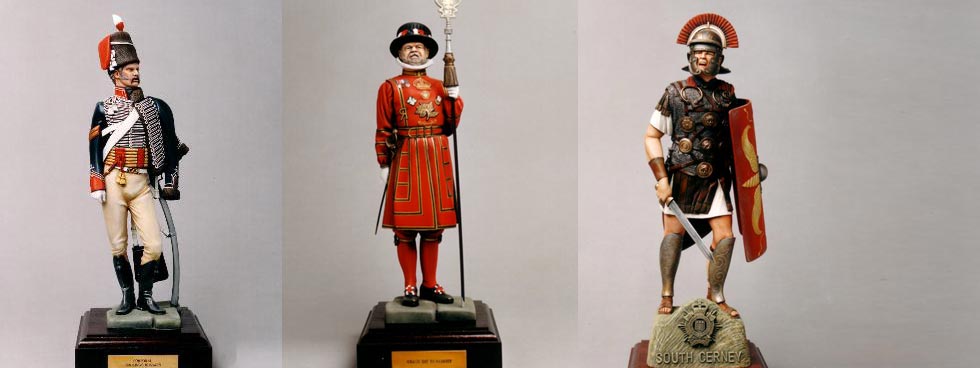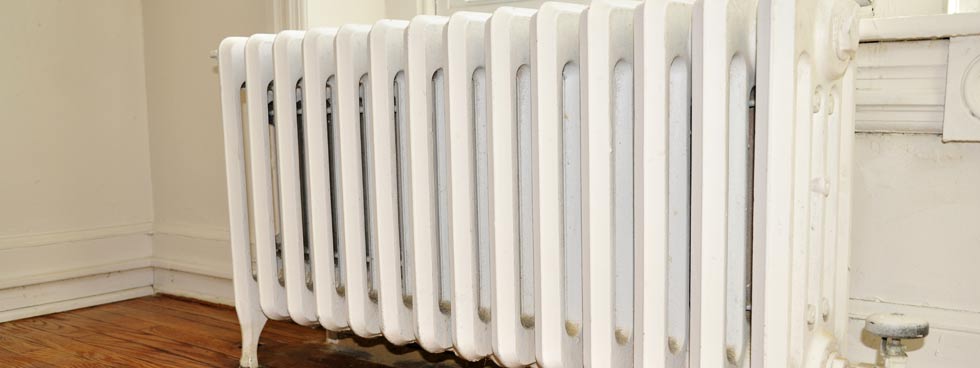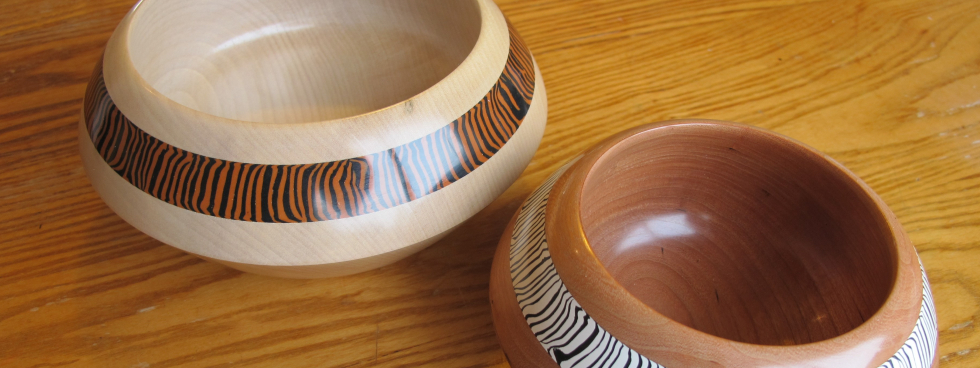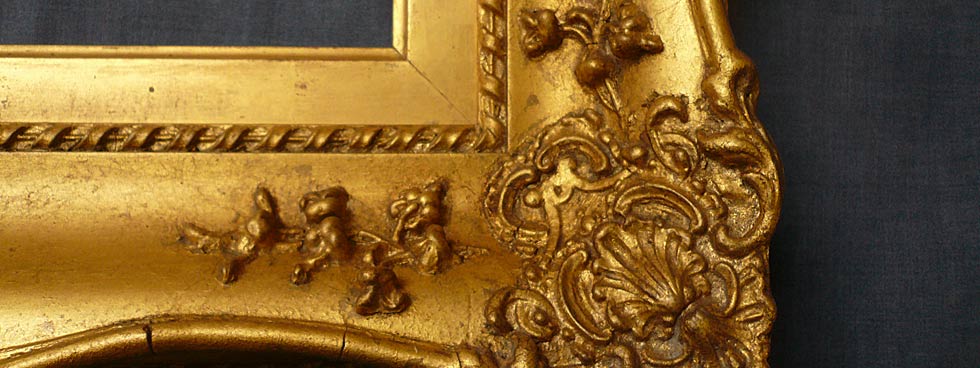Dollyput
I have been making and selling my own porcelain dolls and artefacts for twenty years and could not manage without Milliput. Every single item has begun with a Milliput model, or, in the case of articulated dolls, a set of models. I use the models to make a multi-part plaster of Paris mould, which, when set, will have a hollow shape in it where the Milliput model was. I rubber band the mould parts and pour a thin layer of porcelain slip into the hole to make a hollow clay casting which I can clean and fire in my kiln.
Milliput is the most wonderful material for making masters because of its durability. I have kept all the masters and could still take moulds off those I made twenty years ago. In the mould making process the Milliput masters are embedded in Plasticene, coated with silicone, frequently dug out of hardened plaster and they still come up good as new after the untender ministrations of a scrubbing brush under a tap. It’s very strong stuff.
Here is a twelfth scale room box I made years ago for a magazine article about Milliput. Everything you can see except the light bulb and the voice of the lady of the castle bellowing down the speaking tube at the very annoyed butler is made of Milliput. I did enjoy making this and it was nice to photograph it again after, I think, about fifteen years. All I had to do to make it good enough to photograph it was to dust it. The butler is modelled on a garden wire armature and the heart of the recalcitrant boiler is a toilet roll tube.
Milliput doesn’t just stick to anything and last a long time, it’s also very good at fine detail. Although I make porcelain dolls in sizes from 18 inches to 7mm, the majority of them are dolls house size, six inches and under. For articulated dolls, Milliput is most helpful in making the joints. I can make a foot with a hemispherical ankle and let it harden, then press and rotate the hardened joint into the end of the lower leg to make a match that will still be a snug fit when it is rendered into porcelain.
I am now making porcelain dolls and dolls house items in 48th scale and, as you can see by the room on a matchbox, Milliput is still good enough to model all the detail I want to put in.
Here is a way of turning Milliput sculptures into paper sculptures. You will need Milliput, paper clay, two part silicone putty for mould making (as used by dentists) and cardboard. This technique is for adults who should please follow instructions on the Milliput and silicone moulding packs. I modelled a Milliput bas relief straight on to the cardboard, copying a photograph of a baby elephant. When I was satisfied with the result and it had hardened I mixed up the two part silicone putty and covered the sculpture, smoothing the outside with a piece of card. No release agent is required between the Milliput and the silicone. Dentist’s silicone putty cures in three minutes, so mix a very small ball at a time, I only used a sprout-sized amount of each compound, pressing each mixed small ball thoroughly on to the Milliput, then pressing the next mixed ball up to the first and on to the sculpture. When all of the Milliput was covered, after the setting time recommended in the instructions, I removed the result from the card and the Milliput; as you can see, all the detail in the Milliput sculpture is in the silicone mould.
The silicone mould can now be filled with paper clay, pressed well in to the shaped hole. As soon as the back is smoothed flat you can gently peel the mould back and retrieve the model. Once dry it can be coloured by any of the means you would use to colour paper. I made stylised elephants too (I was having an elephant phase) but you could make flowers, geometric shapes or abstract sculptures; this technique is only as limited as your imagination. If you are a better photographer than artist you can use your own photograph as artistic inspiration. Having printed two copies of your photograph on to copier paper, you could use one to copy and model your bas relief right on top of the other. This is how I turned my son holding his cat into a paper sculpture, which I coloured with marker pens.
By this method you can use a Milliput master to create light paper reliefs to glue to greetings cards, on to models, to decorate boxes and to make gift pictures from photographs.
Jane Laverick















